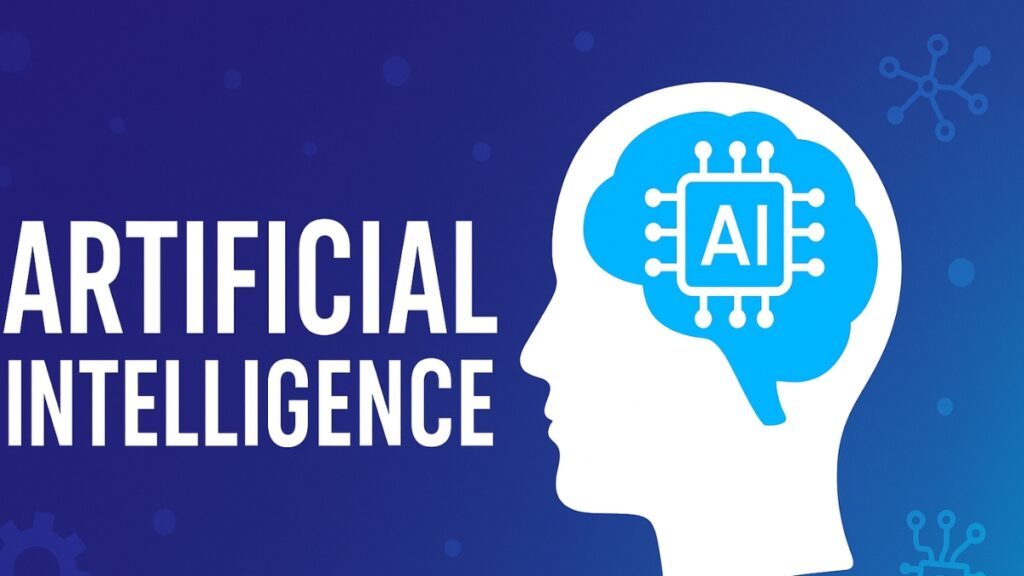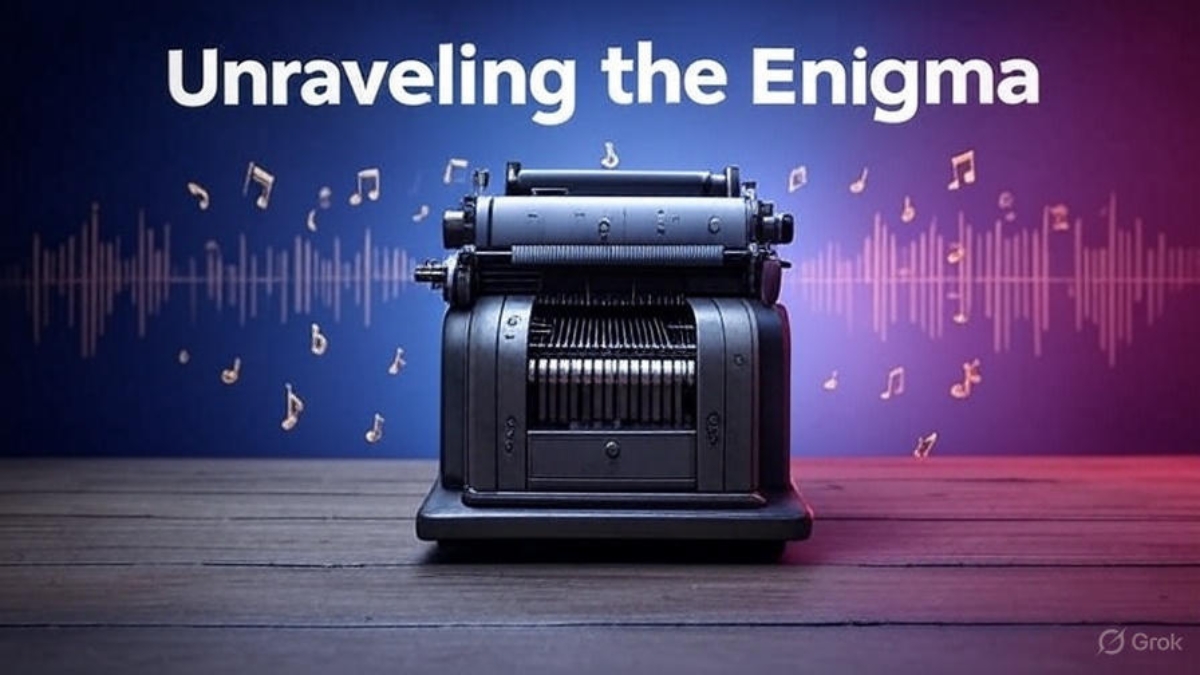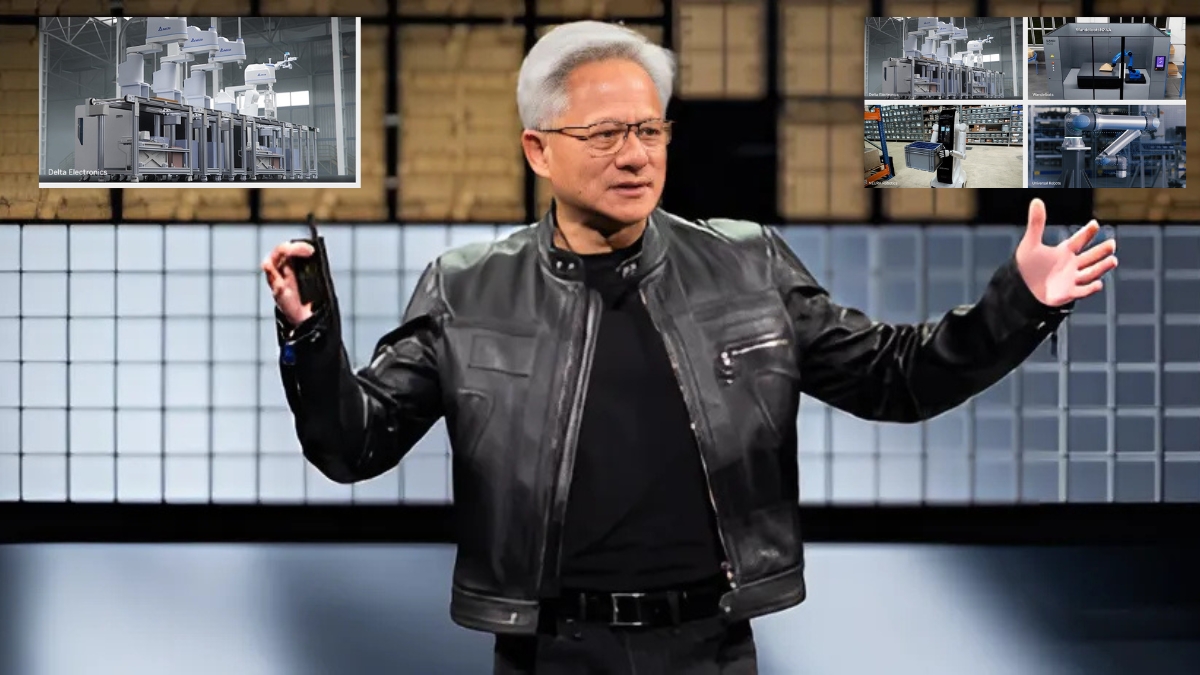Have you ever encountered something so mysterious that it left you puzzled, eager to uncover its secrets? That’s the essence of an enigma—a term that captures the allure of the unknown. Whether it’s a cryptic code, a perplexing person, or a haunting melody, enigmas challenge our understanding and spark curiosity. In this article, we’ll dive into the multifaceted world of “enigma,” exploring its meaning as a concept, its historical significance in World War II cryptography, and its cultural impact through a renowned musical project. By the end, you’ll have a deeper appreciation for this captivating term and its diverse applications.
Table of Contents
What is an Enigma?
An enigma is something or someone that is difficult to understand, often shrouded in mystery. Derived from the Greek word “ainigma,” meaning “riddle” or “puzzle,” the term is used to describe anything that defies easy explanation. For instance, a reclusive artist with unpredictable behavior or a scientific phenomenon that baffles researchers might be called an enigma. The term’s versatility allows it to apply to various contexts, from literature to science to everyday life.
Beyond its general meaning, “enigma” is also the name of two significant entities: the Enigma machine, a cipher device pivotal to World War II, and Enigma, a German musical project that has enchanted millions with its unique sound. These specific uses highlight the term’s ability to embody both historical and cultural significance.
The Enigma Machine: A Cipher of War
The Enigma machine is one of the most iconic cipher devices in history, synonymous with the secretive world of World War II cryptography. Developed in Germany in the early 20th century, it was initially designed for commercial use but was later adopted by the German military to secure communications during the war.
How the Enigma Machine Worked
The Enigma machine was an electromechanical device that encrypted messages using a complex system of rotating wheels, or rotors. Each rotor had 26 contacts, corresponding to the letters of the alphabet. When a key was pressed, an electrical signal passed through the rotors, which scrambled the signal to light up a different letter on a display panel. The machine’s complexity stemmed from its configurable components:
- Rotors: Typically three or four rotors, each with 26 possible starting positions.
- Rotor Order: The sequence of rotors could be changed.
- Plugboard: A panel that allowed pairs of letters to be swapped, adding further complexity.
With three rotors, the number of possible settings exceeded 150 quintillion (1.5 × 10^20), making manual decryption nearly impossible. The machine’s settings were changed daily, ensuring that even if a code was broken, it would soon become obsolete.
The Role of the Enigma in World War II
During World War II, the German military used various Enigma models across its branches, including the Wehrmacht (army), Kriegsmarine (navy), and Luftwaffe (air force). The naval Enigma, used by U-boats, was particularly challenging due to its additional rotors and stricter operational protocols. These encrypted communications were critical for coordinating military strategies, making the Enigma a cornerstone of German operations.
The Allies recognized the importance of breaking the Enigma code early in the war. In 1939, Polish cryptographers, who had been working on the Enigma since the early 1930s, shared their findings with the British and French. This collaboration led to the establishment of Bletchley Park in England, where a team of codebreakers, including mathematician Alan Turing, worked to decrypt German messages.
Read more: – Axiom Space: Leading Commercial Space Exploration in 2025
Breaking the Enigma Code
The effort to break the Enigma code was a monumental challenge, but it was achieved through a combination of human ingenuity and technological innovation. Polish cryptographers, led by Marian Rejewski, made significant progress in the 1930s by deducing the Enigma’s wiring patterns. Their work, including the development of the Bomba device, laid the foundation for Allied efforts.
At Bletchley Park, Alan Turing and his team built on this foundation, creating the Bombe, an improved electromechanical device that tested possible Enigma settings. The Bombe exploited weaknesses in German encryption procedures, such as predictable message formats (e.g., weather reports) and operator errors. By 1941, the Allies were regularly decrypting Enigma messages, producing intelligence codenamed Ultra. This intelligence provided critical insights into German military plans, significantly impacting battles like the Battle of the Atlantic.
The Legacy of the Enigma Machine
The decryption of the Enigma code is widely credited with shortening World War II by several years and saving countless lives. The work at Bletchley Park also laid the groundwork for modern computing and cryptography, influencing technologies we use today. The Enigma machine is now a symbol of both the power of encryption and the triumph of human intellect over seemingly insurmountable challenges.
Visitors can explore Enigma machines at museums like the Bletchley Park Museum in England and the National Cryptologic Museum in the United States. The machine has also been featured in popular media, such as the 2001 film Enigma and the 2014 film The Imitation Game, which dramatize the codebreaking efforts.
Enigma: The Musical Project
Beyond its historical significance, “Enigma” is also the name of a German musical project founded in 1990 by Romanian-German musician Michael Cretu. Known for its unique blend of new-age, worldbeat, and electronic music, Enigma has sold over 70 million records worldwide, making it one of the most successful musical acts of its kind.
The Birth of Enigma
Michael Cretu, also known as Curly M.C., had a successful career as a producer and solo artist before creating Enigma. He produced albums for his then-wife, German pop singer Sandra, and collaborated with various artists. Seeking to break from conventional music genres, Cretu conceived Enigma as a project that would blend mysticism, spirituality, and modern sounds.
In 1990, Enigma released its debut album, MCMXC a.D. (1990 Anno Domini), which became a global sensation. The album’s lead single, “Sadeness (Part I)”, combined Gregorian chants with electronic beats and sensual vocals, selling over 12 million units. The album itself sold over 15 million copies, establishing Enigma as a pioneer in the new-age genre.
The Sound of Enigma
Enigma’s music is characterized by its eclectic influences, including:
- Gregorian Chants: Used to evoke a sense of spirituality and timelessness.
- World Music Elements: Samples from African, Middle Eastern, and Native American traditions.
- Electronic Beats: Modern production techniques that create a hypnotic, ambient sound.
Lyrics are often in Latin or other ancient languages, enhancing the music’s enigmatic quality. Albums like The Cross of Changes (1993), Le Roi Est Mort, Vive Le Roi! (1996), and The Screen Behind the Mirror (2000) explore diverse themes, from mythology to human emotions, each with a distinct sonic identity.
The Impact of Enigma
Enigma’s innovative sound has influenced countless artists and genres, popularizing the use of world music and spiritual elements in mainstream music. The project’s success demonstrated the commercial viability of new-age music, paving the way for artists like Deep Forest and Enya. Enigma’s music has been featured in films, TV shows, and commercials, further extending its cultural reach.
The project continues to release new music, with albums like The Fall of a Rebel Angel (2016) available through the official Enigma website. With over 2.8 million monthly listeners on Spotify, Enigma remains a beloved and influential force in music.

Other Uses of “Enigma”
The term “enigma” extends beyond the machine and the musical project, appearing in various contexts:
- Literature: In V.S. Naipaul’s novel The Enigma of Arrival, the term describes the narrator’s complex journey of self-discovery, reflecting themes of identity and displacement.
- Science: Phenomena like the “enigma of consciousness” or the “enigma of dark matter” highlight mysteries that challenge scientific understanding.
- Popular Culture: Public figures like physicist Stephen Hawking have been called enigmas due to their complex personalities and profound contributions.
These uses underscore the term’s versatility, capturing anything that is puzzling or difficult to comprehend.
Also Read: – Bahama Breeze Closures: Why 15 Locations Shut Down in 2025
Comparison Table: Enigma Machine vs. Enigma Musical Project
| Aspect | Enigma Machine | Enigma Musical Project |
|---|---|---|
| Origin | Early 20th-century Germany, invented by Arthur Scherbius | Founded in 1990 by Michael Cretu |
| Purpose | Encrypt military communications | Create innovative, mystical music |
| Key Figures | Alan Turing, Marian Rejewski | Michael Cretu, Sandra |
| Impact | Influenced World War II outcomes, modern cryptography | Popularized new-age music, sold 70M records |
| Cultural Significance | Symbol of codebreaking and ingenuity | Icon of spiritual and worldbeat music |
Conclusion
The term enigma is a gateway to a world of mystery and intrigue, encompassing a cipher machine that shaped history, a musical project that redefined genres, and a concept that captures the essence of the unknown. From the codebreakers at Bletchley Park to the ethereal sounds of Enigma’s albums, this term continues to inspire curiosity and wonder. We invite you to share your thoughts on enigmas in the comments below or explore more about this fascinating topic by subscribing to our newsletter.
FAQ Section
1. What is the origin of the word “enigma”?
The word enigma originates from the Greek term “ainigma,” meaning “riddle” or “puzzle.” It entered the English language in the 15th century and is used to describe anything mysterious or difficult to understand. According to the Merriam-Webster Dictionary, it initially referred to riddles or complex metaphors that tested one’s cleverness. Over time, its usage expanded to include people, objects, or situations that are puzzling, such as the enigmatic smile of the Mona Lisa or the enigma of quantum mechanics.
2. How did the Enigma machine work?
The Enigma machine was an electromechanical device that encrypted messages using a series of rotors and a plugboard. Each rotor had 26 contacts, representing the alphabet, and scrambled the electrical signal from a keypress to produce a different letter. The rotors’ positions and order, combined with plugboard connections, created billions of possible configurations. According to Britannica, operators set the machine daily based on codebooks, ensuring that encrypted messages were secure unless the settings were known.
3. Who broke the Enigma code during World War II?
The Enigma code was first broken by Polish cryptographers, led by Marian Rejewski, in the early 1930s. They developed techniques and devices like the Bomba to deduce the machine’s wiring. In 1939, they shared their findings with the Allies, leading to the establishment of Bletchley Park. There, Alan Turing and his team refined these methods, creating the Bombe to decrypt messages efficiently. The Wikipedia page on the Enigma machine notes that this intelligence, codenamed Ultra, significantly impacted the war’s outcome.
4. What is the musical project Enigma known for?
Enigma, founded by Michael Cretu in 1990, is known for its fusion of new-age, worldbeat, and electronic music. Its debut album, MCMXC a.D., featured the hit single “Sadeness (Part I)”, blending Gregorian chants with modern beats. According to the Wikipedia page on Enigma, the project has sold over 70 million records, influencing artists across genres. Its music often incorporates spiritual and cultural elements, creating a mystical listening experience.
5. Are there any other famous uses of the term “enigma”?
Yes, “enigma” appears in various contexts. In literature, V.S. Naipaul’s The Enigma of Arrival uses the term to explore themes of identity, as noted in Wiktionary. In science, terms like the “enigma of consciousness” describe unresolved mysteries. The 2001 film Enigma, detailed on IMDb, dramatizes Bletchley Park’s codebreaking efforts. These examples highlight the term’s broad applicability to anything mysterious or complex.
6. How has the Enigma machine influenced modern cryptography?
The Enigma machine’s complexity and the efforts to break it had a profound impact on cryptography. The codebreaking work at Bletchley Park, particularly by Alan Turing, contributed to the development of early computers and modern encryption techniques. According to Britannica, the principles used to crack Enigma, such as statistical analysis and automation, are foundational to today’s cybersecurity systems, including those used in secure online communications.







